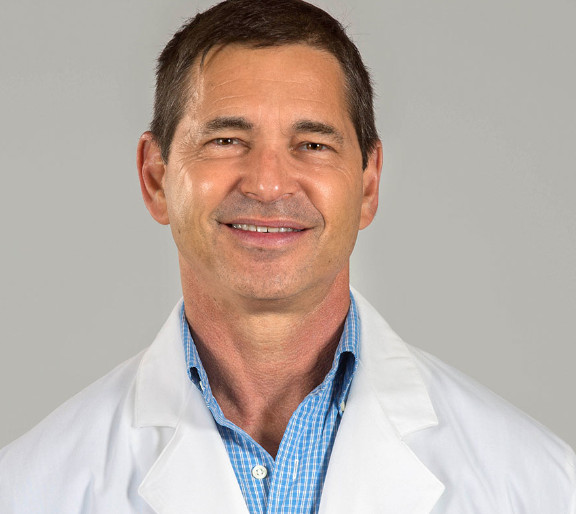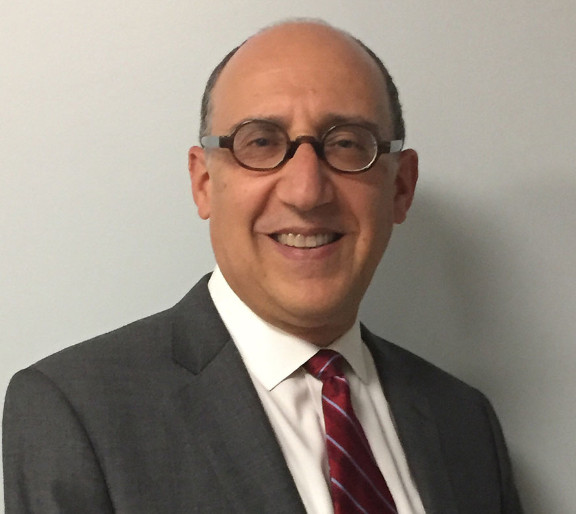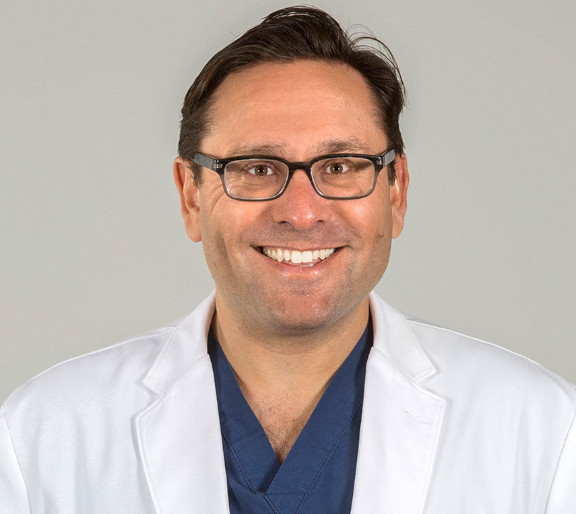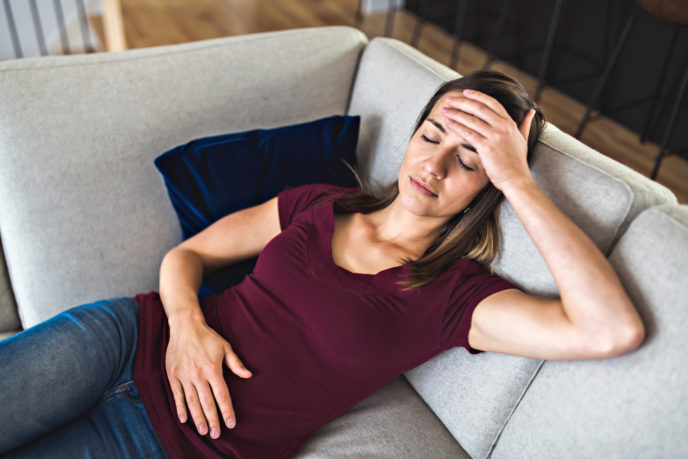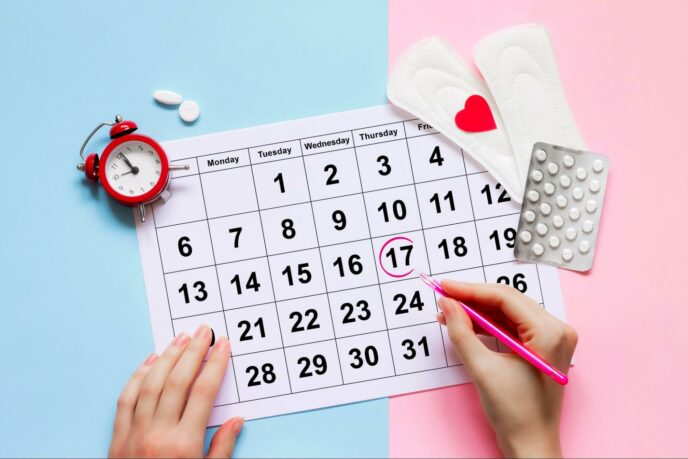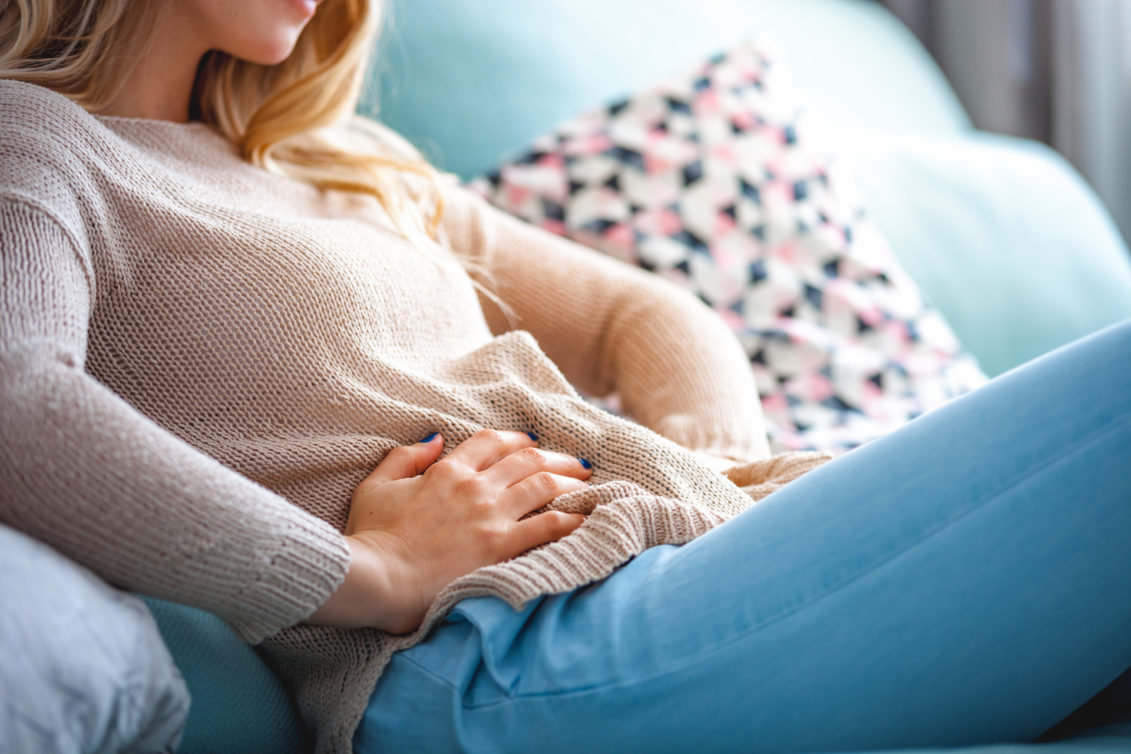
Treatment for Uterine Fibroids
Uterine fibroids are non-cancerous tumors that develop inside or on the uterus. Up to 80% of women develop fibroids by the age of 50. Fibroids are generally not considered dangerous, however, they can cause debilitating symptoms including heavy menstrual bleeding leading to anemia (leading to chronic fatigue) and severe cramps. They can grow so large and push on surrounding organs like the bladder and bowels and nerves, causing women to have to pee often and feel constipated and have back pain, similar to what pregnant women experience.. . If you’ve been diagnosed with fibroids, it’s critical that you receive the proper treatment as early as possible.
Depending on the size, location, and number of fibroids, different treatments may be recommended. At American Fibroid Centers, we want women to understand every option available to them so they can make well-informed decisions about their health. Historically, major surgeries like hysterectomy and myomectomy have been used to treat fibroids. With recent medical advances and more powerful imaging technology, our affiliated physicians offer Uterine Fibroid Embolization (UFE), a minimally invasive-image guided procedure with fewer complications, quicker recovery times, and without a hospital stay.

Uterine Fibroid Treatment Options
Most uterine fibroids do not cause symptoms or require medical treatment. In some cases, they can be painful and debilitating. If your fibroid symptoms are interfering with your everyday life, it’s important to seek treatment. At American Fibroid Centers, our affiliated physicians will evaluate your symptoms and determine the best treatment path based on your individual needs.
Lifestyle Changes
While you cannot prevent fibroids, there are ways to shrink them naturally. Eating a balanced diet and maintaining a healthy weight is important for your overall health. The following lifestyle changes can help reduce your risk of developing fibroids or can help shrink your existing fibroids.
Get Routine Pelvic Exams
Fibroids are often found during a routine pelvic exam. If you aren’t seeing your OBGYN on a regular basis, it’s important to start now. Early detection will allow you to treat fibroids before they grow larger and become symptomatic.
Eat a Healthy Diet
Eating excess refined carbohydrates and foods with added sugar may trigger or worsen fibroid symptoms. Add certain foods to your diet, such as fruits and vegetables, and avoid others, like boxed cereals.
Exercise Regularly
Fat cells produce and hold on to estrogen, a hormone that has been linked to fibroid growth in excess. If you’re considered obese, exercising regularly can help you to reach and maintain a healthy weight.
Limit Your Caffeine and Alcohol Intake
Caffeine and alcohol raise the estrogen and progesterone levels in your body, which causes fibroids to grow. Alcohol may also trigger inflammation. If you have fibroids, you should avoid or limit your consumption of these substances.
Take Vitamin D Supplements
Studies suggest that you can combat fibroid growth with calcium, magnesium, and phosphate. If you already have fibroids, you should take Vitamin D supplements. Vitamin D may help reduce your risk by almost 32 percent.
Manage Your Stress Levels
Our bodies produce extra hormones to handle stress, stimulating fibroid growth. Stress can also cause fibroids that were once asymptomatic to grow at an alarming rate. Find ways to manage your stress, such as walking or listening to calming music.
Medications
Medication is often the first treatment used to ease mild to moderate fibroid symptoms, such as heavy menstrual bleeding and pelvic discomfort. For some women, it is worth trying medication before undergoing a surgical procedure. Your doctor may recommend the following medications to relieve pain and, in some cases, shrink fibroids.
Oral Contraceptives
Taking birth control pills can help to reduce heavy bleeding and regulate the menstrual cycle for women with fibroids. They are a good option for women who aren’t planning to become pregnant in the near future.
Progestins
Progestins are synthetic versions of the hormone progesterone that thin the lining of the uterus and may reduce heavy menstrual bleeding associated with fibroids. Many progestins are taken by mouth and also prevent pregnancy.
GnRH Agonists
Medications called gonadotropin-releasing hormone (GnRH) agonists decrease estrogen and progesterone levels in the body, helping to shrink fibroids and reduce bleeding. GnRH therapy is prescribed to shrink fibroids prior to surgery.
Iron Supplements
Since fibroids can cause heavy menstrual bleeding and anemia, your doctor may recommend taking iron supplements. Iron helps to replenish your body’s supply of red blood cells. These supplements are available without a prescription.
Pain Medication
Your doctor may prescribe an over-the-counter nonsteroidal anti-inflammatory drug (NSAID) to help relieve mild fibroid pain and discomfort. NSAIDs, such as ibuprofen, can also reduce heavy bleeding caused by fibroids.
Intrauterine Devices (IUD)
Although intrauterine devices are typically used to prevent pregnancy, they have other benefits as well. An IUD that releases a small amount of hormone into the uterine cavity can decrease heavy or irregular bleeding caused by fibroids.
Minimally Invasive Fibroid Treatment
Many women believe that hysterectomy and myomectomy are the only options available to get rid of fibroids. Both surgical procedures are invasive and require extensive downtime and are associated with higher risk of complications Our affiliated physicians offer Uterine Fibroid Embolization (UFE), a minimally invasive option to treat fibroids while preserving the uterus.
Uterine Fibroid Embolization
Uterine Fibroid Embolization is a minimally invasive, outpatient procedure used to treat fibroids without the need for surgery. During UFE, a catheter is inserted into the groin or wrist to deliver embolic agents that block blood flow to the fibroids, causing them to shrink and die. About 85-90% of women saw significant improvement in their symptoms after UFE.
UFE vs. Hysterectomy
Hysterectomy can be laparoscopic, vaginal, or abdominal — in all three scenarios, the uterus is surgically removed.. You’ll no longer be able to get pregnant after this operation. Hysterectomy also involves a hospital stay and about 6 to 8 weeks of recovery time. UFE, unlike a hysterectomy, preserves the uterus, has a 10-day recovery time, and gives women the possibility of getting pregnant in the future.
UFE vs. Myomectomy
Unlike hysterectomy, which removes your entire uterus, myomectomy removes only the fibroids and keeps the uterus intact. Depending on the size, number, and location of your fibroids, you may be eligible for an abdominal, laparoscopic, or hysteroscopic myomectomy. Although a myomectomy may be effective in removing fibroids, a woman often has multiple fibroids that can’t all be removed. Hence, there is a greater chance of recurrence after the procedure. A myomectomy may also increase the risk of fertility complications from infection or scarring and have a longer recovery time of about 4-6 weeks. After UFE, many women have successful pregnancies and only a short observation period is needed before sending you home the same day.
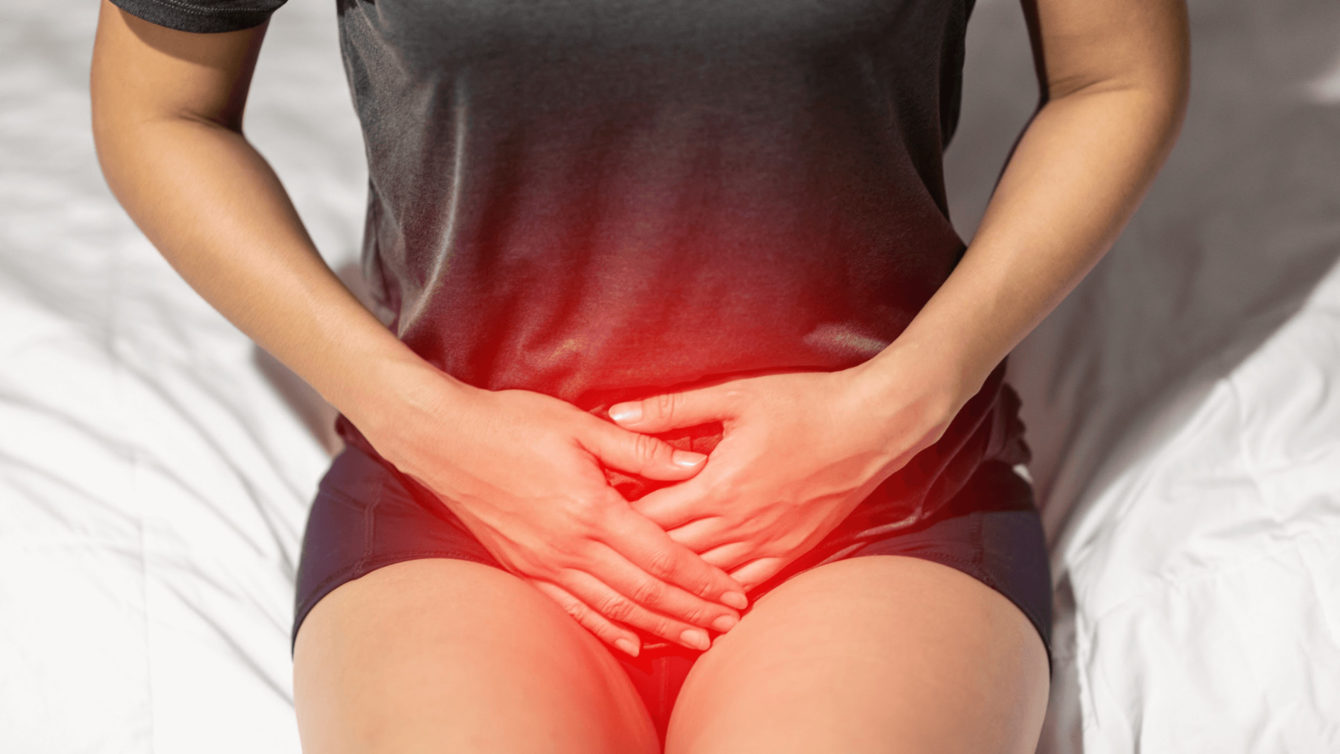
What is the Best Treatment for Uterine Fibroids?
The best way to treat uterine fibroids for most women is Uterine Fibroid Embolization. UFE is a minimally invasive-image guided procedure, performed by an experienced interventional radiologist. Women who do not wish to undergo major surgery and want to keep their uterus should strongly consider UFE treatment.
UFE only involves a tiny incision that causes minimal if any scarring and has fewer risks of complications. It’s usually performed as an outpatient procedure and requires no hospital stay. UFE patients generally get back to work and normal activities after a week and find quick relief from their fibroid symptoms after the procedure.
What to Expect from Uterine Fibroid Embolization
Uterine Fibroid Embolization FAQ
For many women with fibroids, the desire for future pregnancy is an important part of the fibroid treatment decision-making process. Since the uterus is preserved with UFE, it is a safe and effective option for women who plan on becoming pregnant after the procedure. By utilizing a more conservative approach, patients retain their ability to bear children and can avoid the risks, side effects, and extended downtime associated with other procedures. Be sure to talk with your doctor about UFE and fertility rates during your initial consultation.
One of the biggest advantages of UFE is that it treats all types of fibroids and can treat multiple fibroids all at once, regardless of size, number, and location. Once the fibroids are removed, they are dead and should not grow back. Each person is different and needs to be evaluated on an individual basis. The decision to undergo UFE should be made after going through all of the options available, including surgery.
Since UFE is performed as an outpatient procedure, most women are able to go home the same day. Right afterwards, you may have to lie flat for a couple ofhours and your doctor will give you over-the-counter pain medication. UFE patients generally get back to work in 10 days compared to a 32-day recovery period for a hysterectomy. Your fibroids will continue to shrink for a year or more after UFE, relieving painful fibroid symptoms. Your doctor may also recommend certain lifestyle changes, such as diet and exercise, to help maintain your results.
Our Fibroid Specialists
Our board-certified, affiliated physicians at American Fibroid Centers are among the nation’s most experienced in treating women with fibroids. They will work closely with you to create a treatment plan that best suits your specific needs and concerns. Our affiliated team strives to provide the highest quality care in a safe and comforting environment.
What Our Patients Are Saying
Learn more about our patients’ experiences at American Fibroid Centers.
From the Experts
Get to know more about the symptoms, causes, treatment, and care of Uterine Fibroids.



